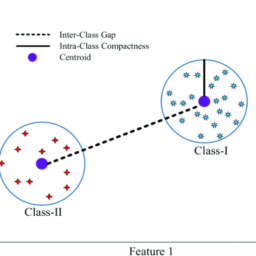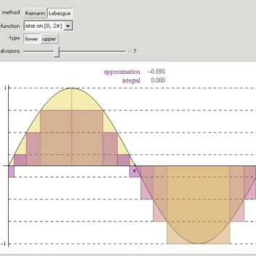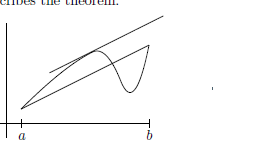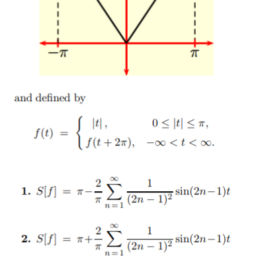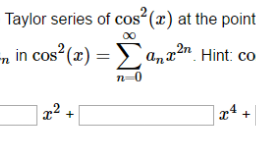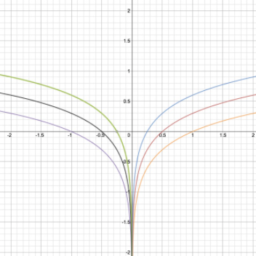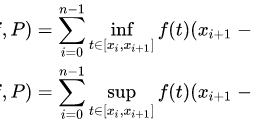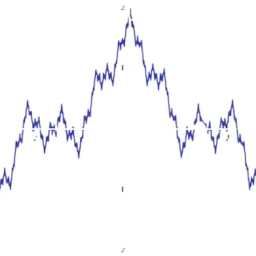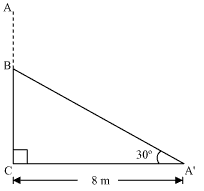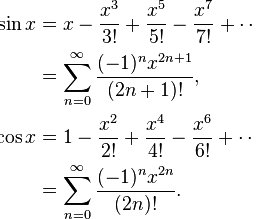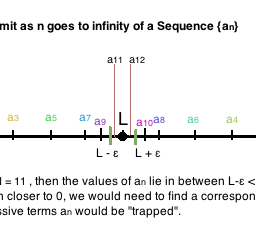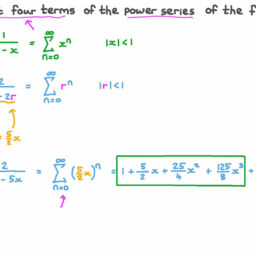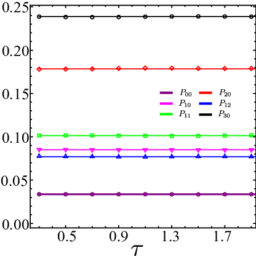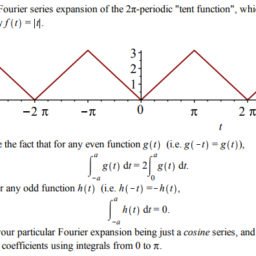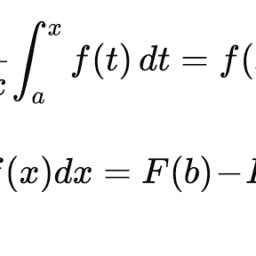This chapter has more on set theory. Recall a set is a collection of things
called elements of the set. For example, the set of integers, the collection of signed
whole numbers such as $1,2,-4$, etc. This set whose existence will be assumed is denoted
by $\mathbb{Z}$. Other sets could be the set of people in a family or the set of donuts in a
display case at the store. Sometimes parentheses, {} specify a set by listing the things which are
in the set between the parentheses. For example the set of integers between $-1$ and 2 , including
these numbers could be denoted as ${-1,0,1,2}$. The notation signifying
$x$ is an element of a set $S$, is written as $x \in S$. Thus, $1 \in{-1,0,1,2,3}$. Here are some axioms about sets.
Axiom 3.1.1 Two sets are equal if and only if they have the same elements.
Axiom 3.1.2 To every set, $A$, and to every condition $S(x)$ there corresponds a set $B$, whose elements are exactly those elements $x$ of $A$ for which $S(x)$ holds.
Axiom 3.1.3 For every collection of sets there exists a set that contains all the elements that belong to at least one set of the given collection.
Axiom 3.1.4 The Cartesian product of a nonempty family of nonempty sets is nonempty.
Axiom 3.1.5 If $A$ is a set there exists a set $\mathcal{P}(A)$, such that $\mathcal{P}(A)$ is the set of all subsets of $A$. This is called the power set.
These axioms are referred to as the axiom of extension, axiom of specification, axiom of unions, axiom of choice, and axiom of powers respectively.
It seems fairly clear you should want to believe in the axiom of extension. It is merely saying, for example, that ${1,2,3}={2,3,1}$ since these two sets have the same elements in them. Similarly, it would seem you should be able to specify a new set from a given set using some “condition” which can be used as a test to determine whether the element in question is in the set. For example, the set of all integers which are multiples of 2. This set could be specified as follows.
$$
{x \in \mathbb{Z}: x=2 y \text { for some } y \in \mathbb{Z}}
$$
In this notation, the colon is read as “such that” and in this case the condition is being a multiple of $2 .$
Another example of political interest, could be the set of all judges who are not judicial activists. I think you can see this last is not a very precise condition since there is no way to determine to everyone’s satisfaction whether a given judge is an
rctivist. Also, just because something is grammatically correct does not mean it makes any sense. For example consider the following nonsense.
$S={x \in$ set of dogs : it is colder in the mountains than in the winter $}$.
So what is a condition?
We will leave these sorts of considerations and assume our conditions “make sense”. The axiom of unions states that for any collection of sets, there is a set consisting of all the elements in each of the sets in the collection. Of course this is also open to further consideration. What is a collection? Maybe it would be better to say “set of sets” or, given a set whose elements are sets there exists a set whose elements consist of exactly those things which are elements of at least one of these sets. If $S$ is such a set whose elements are sets,
$\cup{A: A \in \mathcal{S}}$ or $\cup \mathcal{S}$
signifies this union.
Something is in the Cartesian product of a set or “family” of sets if it consists of a single thing taken from each set in the family. Thus $(1,2,3) \in{1,4, .2} \times{1,2,7} \times$ ${4,3,7,9}$ because it consists of exactly one element from each of the sets which are separated by $x$. Also, this is the notation for the Cartesian product of finitely many sets. If $\mathcal{S}$ is a set whose elements are sets, $\prod_{A \in S} A$ signifies the Cartesian product.
The Cartesian product is the set of choice functions, a choice function being a function which selocts exactly one element of each set of $\mathcal{S}$. Functions will be described precisely soon. The idea is that there is something, which will produce a set consisting of exactly one element of each set of $\mathcal{S}$. You may think the axiom of choice, stating that the Cartesian product of a nonempty family of nonempty sets is nonempty, is innocuous but there was a time when many mathematicians were ready to throw it out because it implies things which are very hard to believe, things which never happen without the axiom of choice.
$A$ is a subset of $B$, written $A \subseteq B$, if every element of $A$ is also an element of $B$. This can also be written as $B \supseteq A . A$ is a proper subset of $B$, written $A \subset B$ or $B \supset A$ if $A$ is a subset of $B$ but $A$ is not equal to $B, A \neq B$. However, this is not entirely consistent. Sometimes people write $A \subset B$ when they mean $A \subseteq B . A \cap B$ denotes the intersection of the two sets, $A$ and $B$ and it means the set of elements of $A$ which are also elements of $B$. The axiom of specification shows this is a set. The empty set is the set which has no elements in it, denoted as $\emptyset . A \cup B$ denotes the union of the two sets, $A$ and $B$ and it means the set of all elements which are in either of the sets. It is a set because of the axiom of unions.
The complement of a set, (the set of things which are not in the given set) must be taken with respect to a given set called the universal set, a set which contains the one whose complement is being taken. Thus, the complement of $A$, denoted as $A^{C}$ ( or more precisely as $X \backslash A$ ) is a set obtained from using the axiom of specification to write
$$
A^{C} \equiv{x \in X: x \notin A}
$$
The symbol \& means: “is not an element of”. Note the axiom of specification takes place relative to a given set. Without this universal set, it makes no sense to use the axiom of specification to obtain the complement.
Words such as “all” or “there exists” are called quantifiers and they must be understood relative to some given set. For example, the set of all integers larger than 3 . Or there exists an integer larger than 7 . Such statements have to do with a given set, in this case the integers. Failure to have a reference set when quantifiers are used turns out to be illogical even though such usage may be grammatically correct. Quantifiers are used often enough that there are symbols for them. The symbol $\forall$ is read as “for all” or “for every” and the symbol $\exists$ is read as “there exists”. Thus $\forall \forall \exists \exists$ could mean for every upside down $A$ there exists a backwards $E$.
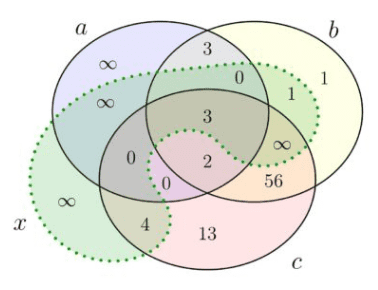
本章有更多关于集合论的内容。回想一下集合是事物的集合
称为集合的元素。例如,整数的集合,有符号的集合
整数,例如 $1,2,-4$ 等。将假定存在的这个集合表示为
通过 $\mathbb{Z}$。其他集合可以是一个家庭中的一组人,或者是一个家庭中的一组甜甜圈。
陈列柜在商店。有时括号,{} 指定一组通过列出的东西是
在括号之间的集合中。例如 $-1$ 和 2 之间的整数集,包括
这些数字可以表示为 ${-1,0,1,2}$。符号表示
$x$ 是集合 $S$ 的一个元素,写成 $x \in S$。因此,$1 \in{-1,0,1,2,3}$。这里有一些关于集合的公理。
公理 3.1.1 两个集合相等当且仅当它们具有相同的元素。
公理 3.1.2 对于每个集合 $A$ 和每个条件 $S(x)$,都有一个集合 $B$,它的元素正是 $A$ 中满足 $S(x) 的那些元素 $x$ $ 持有。
公理 3.1.3 对于每个集合集合,都存在一个集合,该集合包含属于给定集合中至少一个集合的所有元素。
公理 3.1.4 非空集合的非空族的笛卡尔积是非空的。
公理 3.1.5 如果 $A$ 是一个集合,则存在一个集合 $\mathcal{P}(A)$,使得 $\mathcal{P}(A)$ 是 $A$ 的所有子集的集合。这称为幂集。
这些公理分别称为外延公理、规范公理、联合公理、选择公理和幂公理。
很明显,您应该相信外延公理。例如,它只是说 ${1,2,3}={2,3,1}$ 因为这两个集合中具有相同的元素。类似地,您似乎应该能够使用某些“条件”从给定集合中指定一个新集合,该“条件”可用作确定相关元素是否在集合中的测试。例如,所有整数的集合,它是 2 的倍数。这个集合可以指定如下。
$$
{x \in \mathbb{Z}: x=2 y \text { 对于某些 } y \in \mathbb{Z}}
$$
在这种表示法中,冒号被读作“这样”,在这种情况下,条件是 $2 .$ 的倍数
另一个政治利益的例子,可能是所有不是司法活动家的法官的集合。我想你可以看到最后这不是一个非常精确的条件,因为没有办法让每个人都满意地确定给定的法官是否是
活动家。此外,仅仅因为某些东西在语法上是正确的并不意味着它有任何意义。例如,考虑以下废话。
$S={x \in$ 一组狗:山上比冬天冷$}$。
那么什么是条件呢?
我们将放弃这些考虑并假设我们的条件“有意义”。联合公理指出,对于任何集合的集合,都有一个集合由集合中每个集合中的所有元素组成。当然,这也有待进一步考虑。什么是收藏?也许说“集合的集合”会更好,或者,给定一个其元素是集合的集合,存在一个集合,其元素恰好由这些集合中至少一个的元素组成。如果 $S$ 是这样一个集合,其元素是集合,
$\cup{A: A \in \mathcal{S}}$ 或 $\cup \mathcal{S}$
表示这个联合。
如果某物由从该族中的每个集合中提取的单个事物组成,则该事物位于集合或集合“族”的笛卡尔积中。因此 $(1,2,3) \in{1,4, .2} \times{1,2,7} \times$ ${4,3,7,9}$ 因为它由每个集合中的一个元素组成,由 $x$ 分隔。此外,这是有限多集的笛卡尔积的表示法。如果 $\mathcal{S}$ 是一个其元素是集合的集合,则 $\prod_{A \in S} A$ 表示笛卡尔积。
笛卡尔积是选择函数的集合,选择函数是一个函数,它恰好选择每组 $\mathcal{S}$ 中的一个元素。功能将很快准确描述。这个想法是有一些东西会产生一个集合,该集合恰好由每组 $\mathcal{S}$ 中的一个元素组成。你可能会认为选择公理,指出非空集合的非空族的笛卡尔积是非空的,是无害的,但有一段时间,许多数学家准备把它扔掉,因为它暗示了很难相信的事情,没有选择公理就永远不会发生的事情。
$A$ 是$B$ 的子集,写成$A \subseteq B$,如果$A$ 的每个元素也是$B$ 的一个元素。这也可以写成 $B \supseteq A 。 A$ 是 $B$ 的真子集,写成 $A \subset B$ 或 $B \supset A$ 如果 $A$ 是 $B$ 的子集但 $A$ 不等于 $B,A \neq乙$。然而,这并不完全一致。有时人们写 $A \subset B$ 的意思是 $A \subseteq B 。 A \cap B$ 表示两个集合$A$ 和$B$ 的交集,它表示$A$ 的元素集合,它们也是$B$ 的元素。规范公理

微积分note Integer Multiples of Irrational Numbers 请认准UprivateTA™. UprivateTA™为您的留学生涯保驾护航。


